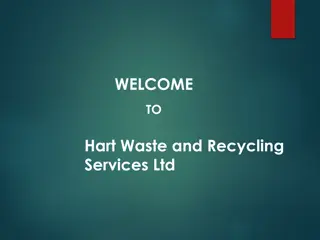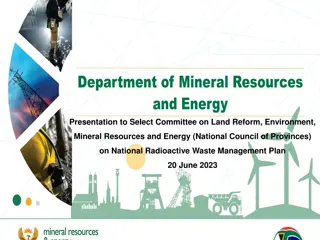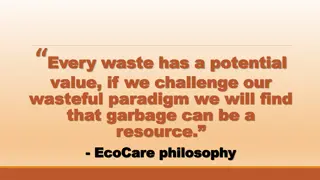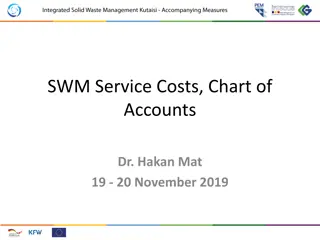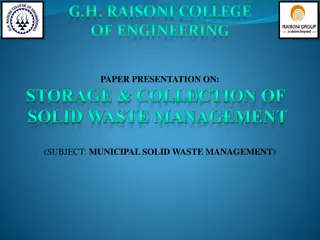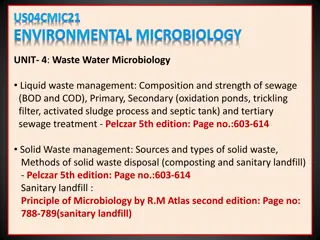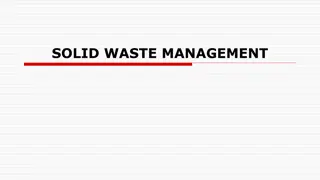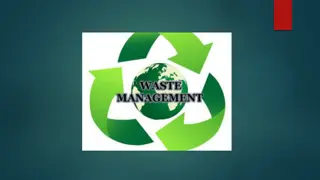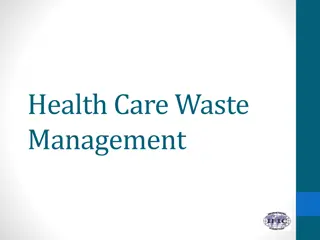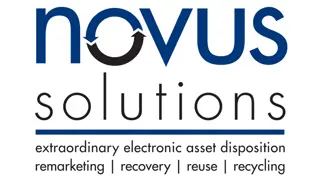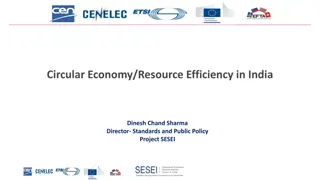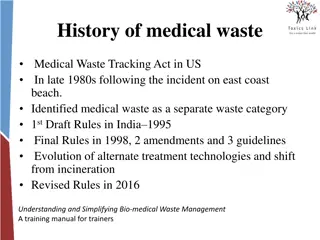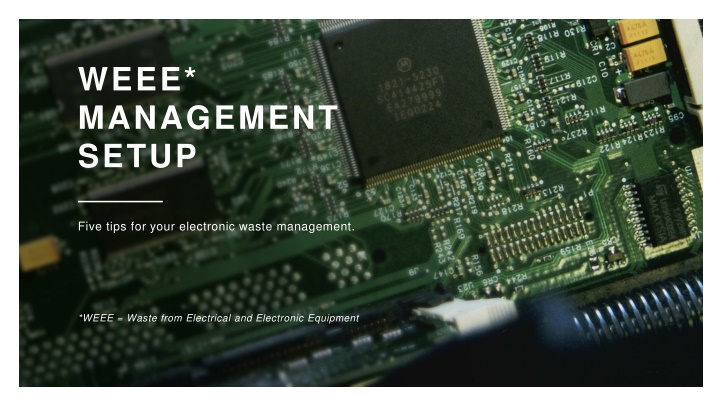
Effective Electronic Waste Management Strategies
Organizations dealing with electronic waste (e-waste) can benefit from these five essential tips focusing on sorting, hazardous waste handling, security measures, knowledge sharing among employees, and effective communication practices. Implementing these strategies can streamline the e-waste management process, ensuring compliance, safety, and sustainability.
Download Presentation

Please find below an Image/Link to download the presentation.
The content on the website is provided AS IS for your information and personal use only. It may not be sold, licensed, or shared on other websites without obtaining consent from the author. If you encounter any issues during the download, it is possible that the publisher has removed the file from their server.
You are allowed to download the files provided on this website for personal or commercial use, subject to the condition that they are used lawfully. All files are the property of their respective owners.
The content on the website is provided AS IS for your information and personal use only. It may not be sold, licensed, or shared on other websites without obtaining consent from the author.
E N D
Presentation Transcript
WEEE* MANAGEMENT SETUP Five tips for your electronic waste management. *WEEE = Waste from Electrical and Electronic Equipment
W EEE MANAGEMENT SETUP A guide for those responsible of your company s electronic waste Some simple tips on what to think about, when setting up a well-functioning electronics waste management solution.
W EEE MANAGEMENT SETUP The five basic tips Sorting Hazardous waste Security Knowledge sharing Communications
W EEE MANAGEMENT SETUP SORTING 01 Keep track of everything that leaves your business. Know how to sort the production spill and waste. Have the right containers and know which waste goes where. Have proper transports routines. Log all the waste that leaves your business. Keep track of your waste quantities and qualities, as it prevents unnecessary costs.
W EEE MANAGEMENT SETUP HAZARDOUS WASTE 02 Electronics may contain hazardous substances and are classified as hazardous waste. These three routines should be part of your management. Battery handling. Hazardous waste management. Tracking hazardous waste transport.
W EEE MANAGEMENT SETUP SECURITY 03 With both hazardous waste and sensitive information in electronics, it s important with working routines for computers and other advanced electronic devices. Safe hazardous waste management. Secured information management. Use competent professionals in waste management transports and collection.
W EEE MANAGEMENT SETUP KNOWLEDGE SHARING 04 It is important that your employees really know how to handle electronic waste. Staff training routines. Skill transfer routines. Accessible information on regulation and routines.
W EEE MANAGEMENT SETUP COMMUNICATIONS 05 The information efforts for electronic waste concerns both internal and external communications. Accessible waste management routines, in a suitable place. The binder/digital solution should be easy to find. Measure your waste goals and communicate them. Use sustainability communication, for both brand-building marketing and viable customer information.
W EEE MANAGEMENT SETUP Conclusion Maintaining control over sorting, hazardous waste, security, knowledge sharing and communications provides you with a sound basis for waste management. Also, remember to consider how they all should connect to become a part of the daily work routines at your workplace.

